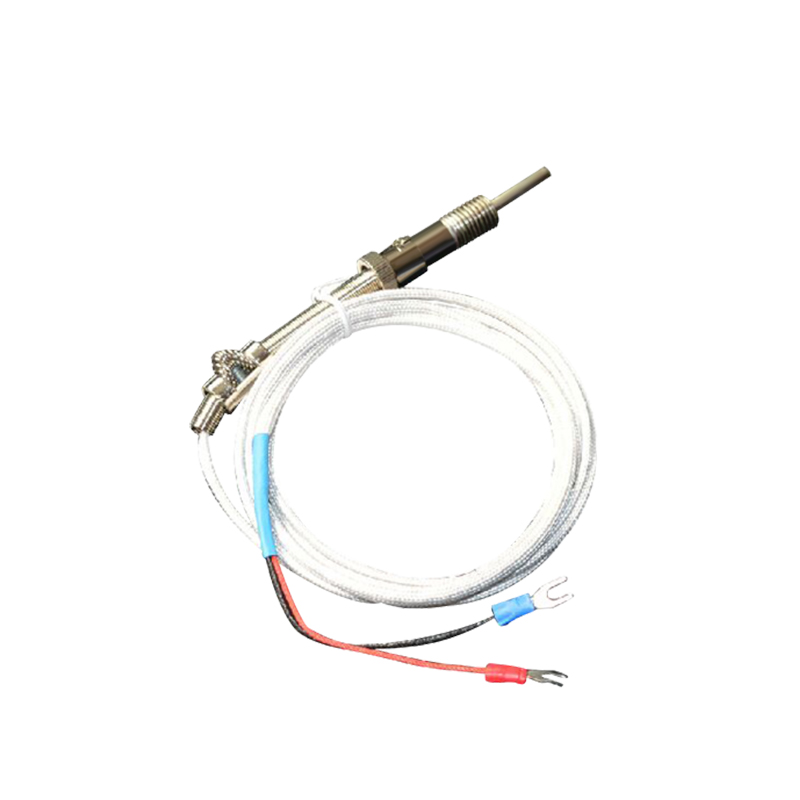Check Wiring Connections: Start by visually inspecting all wiring connections associated with the RTD sensor, ensuring they are properly seated and securely fastened. Use appropriate tools to tighten any loose connections and clean any corrosion present. Verify that the wiring follows recommended practices, such as using proper gauge wires and maintaining proper separation from power cables to minimize interference.
Inspect Sensor Placement: Evaluate the physical location of the RTD sensor within the measurement environment. Ensure it is installed according to manufacturer guidelines, with proper insulation and protection from environmental factors that could introduce interference. Verify that the sensor is placed in a representative location for accurate temperature measurement and is shielded from direct exposure to heat sources or temperature gradients that could cause inaccuracies.
Shielding: Employ shielded cables for connecting the RTD sensor to measurement instrumentation or control systems, particularly in environments prone to electromagnetic interference. Choose cables with appropriate shielding characteristics, such as foil or braided shielding, to attenuate external noise sources effectively. Properly terminate shield connections at both ends of the cable to maintain continuity and minimize signal leakage.
Filtering: Implement signal filtering techniques to remove unwanted noise from the RTD signal while preserving temperature measurement accuracy. Select filtering methods such as analog or digital low-pass filters tailored to the frequency characteristics of the noise present in the signal. Adjust filter parameters, such as cutoff frequency and filter order, to achieve the desired balance between noise reduction and signal integrity.
Grounding: Establish a robust grounding scheme for the RTD sensor system to minimize ground loops and mitigate the risk of signal noise. Follow best practices for grounding, including using dedicated ground points, minimizing ground path lengths, and ensuring low impedance connections between ground points. Consider implementing isolation transformers or differential signaling techniques to further isolate the RTD sensor signal from ground-related disturbances.
Isolation: Evaluate the need for isolation between the RTD sensor and associated electronics to protect against electrical noise and ground loop issues. Choose isolation methods such as optical isolation or galvanic isolation based on the application requirements and environmental conditions. Implement isolation barriers or isolation amplifiers to maintain signal integrity while providing adequate protection against interference.
Environmental Factors: Conduct a thorough assessment of environmental factors that could impact RTD sensor performance, including temperature variations, humidity levels, and exposure to contaminants. Implement measures to mitigate environmental effects, such as using protective enclosures, sealing connections against moisture ingress, and employing temperature stabilization techniques. Consider environmental testing and qualification procedures to validate RTD sensor performance under anticipated operating conditions.
Spring press lead type


































































 English
English русский
русский














